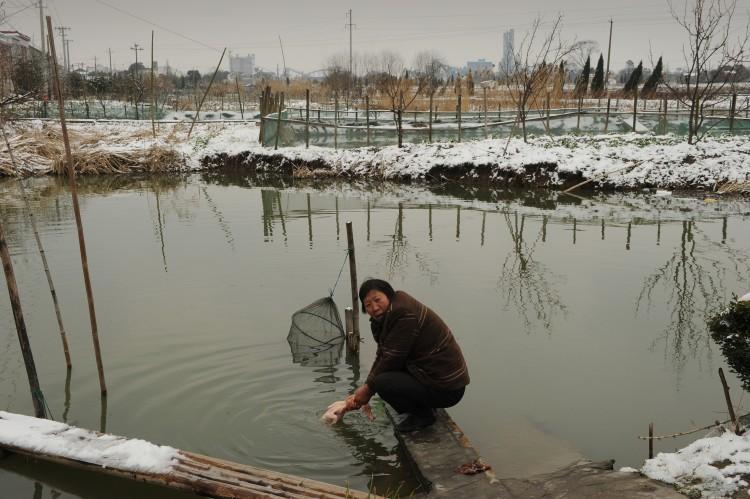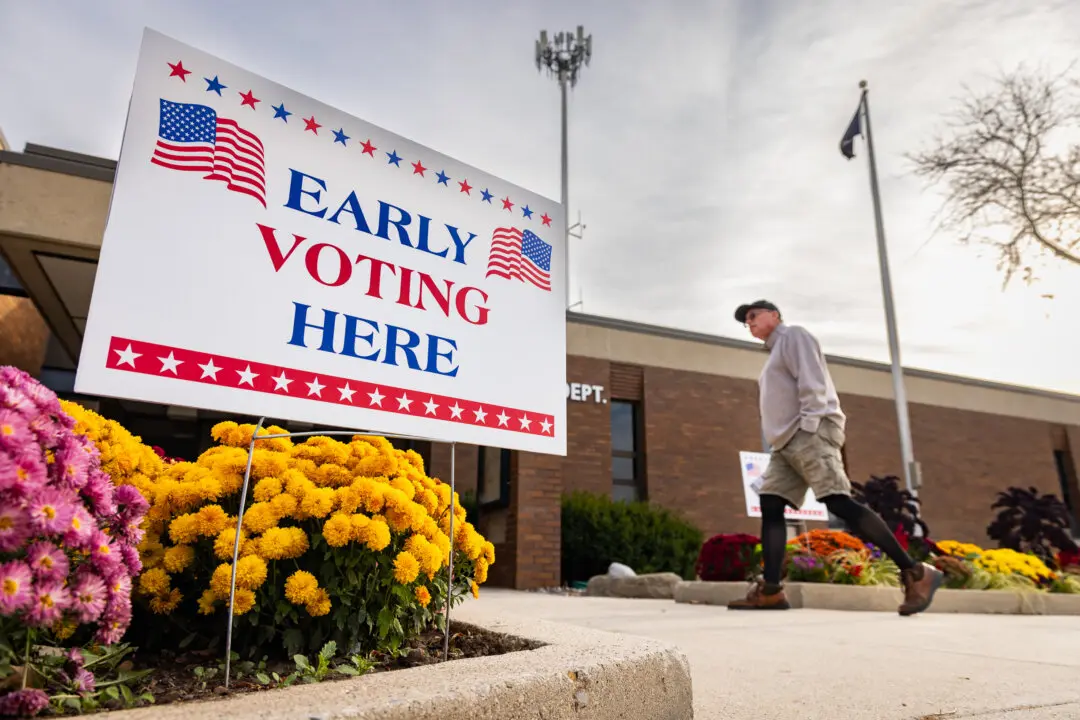
A woman washes a duck which she is preparing for Lunar New Year dinner in Zisiqiao village in China's eastern Zhejiang Province on Feb. 8, 2013. Peter Parks/AFP/Getty Images
The Chinese regime for the first time admitted the existence of so-called “cancer villages”—areas near factories and polluted waterways where cancer rates have increased to startlingly high levels.






